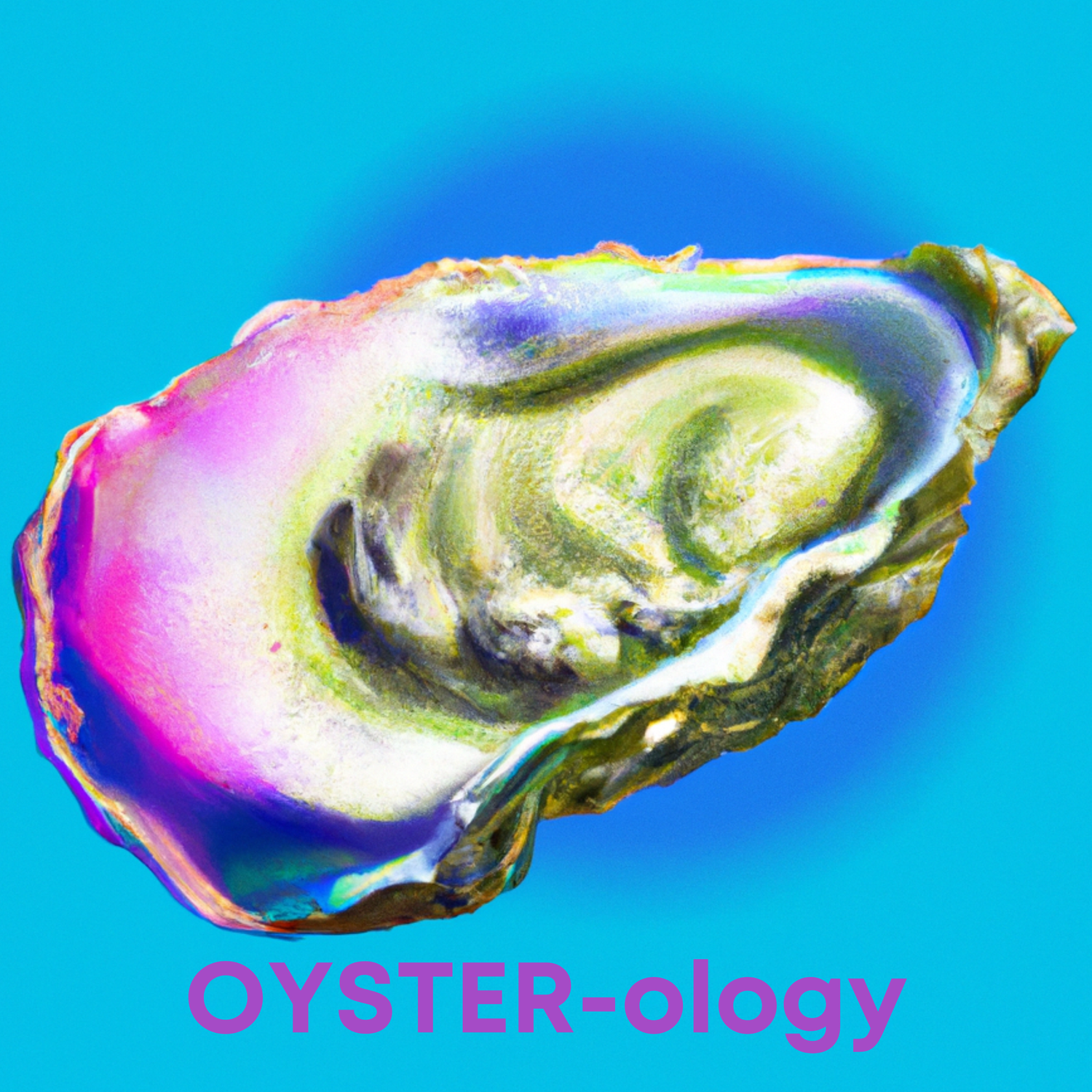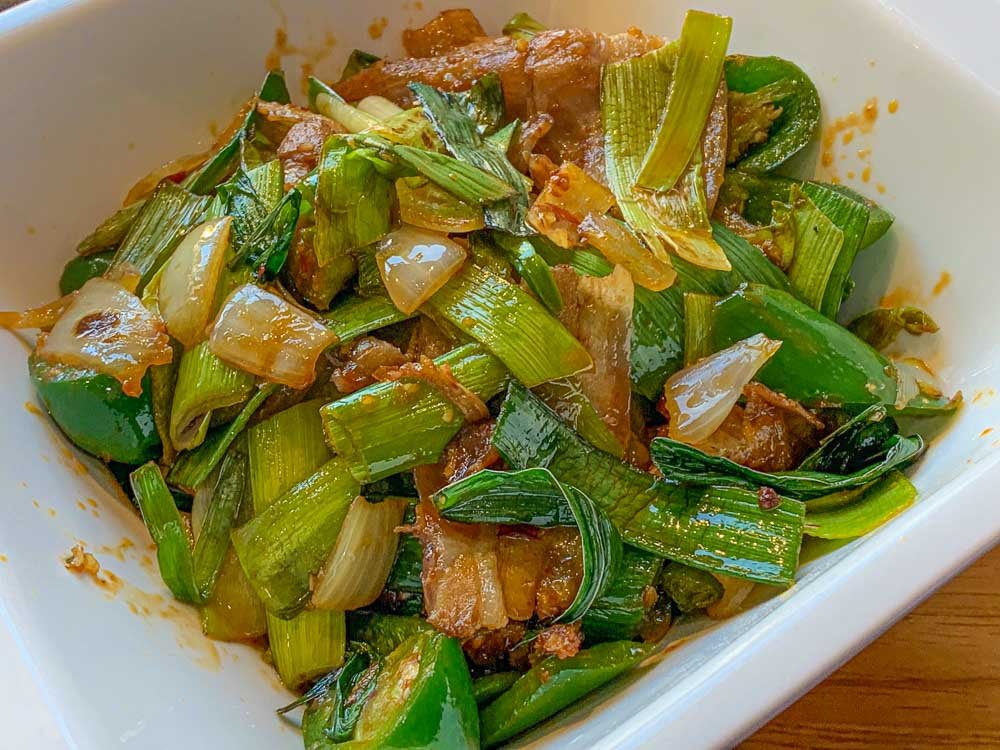Project Sichuan #1 - To eat the food of Chengdu is to eat well.
/Chinese food. Those two simple words evoke images, smells and tastes for nearly every person in America and, indeed, billions of others around the world. The category called “Chinese cuisine” is a culinary solar system all its own, with planetary bodies of food swirling independently within it. There are regions and provinces of China where the food is utterly distinct from everywhere else in the country, including that most familiar neighborhood take-out cuisine – Cantonese – but also Hunanese, Hakka, Teochew, Fujianese, Shanghainese, and so many more. And then there is the food of Sichuan.
I can’t hide it – Sichuan food is my favorite grub in the world. I am an addict; it’s the monkey on my back. Were I condemned to a deserted island with the choice of only one cuisine to eat for the rest of my life, it would be Sichuanese. And it would never get boring, because the world of cooking from that province of Southwest China is vast, varied and absolutely delicious.
When thinking of Sichuan cuisine (once referred to as “Szechuan”) so many people shudder, envisioning super-spicy food that blazes the tongue, flushes the cheeks and opens the pores. But that perception is only partially correct. The goal of an ardent Sichuan chef is to treat each ingredient individually and make it sing on its own and in harmony with everything else. So in a balanced Sichuanese feast, only about one third of the dishes should be spicy hot, and the presentation of food should flow like waves in the sea, with smooth, undulating currents of flavor followed only occasionally by a tsunami of numbing heat. To achieve these results, different balances of saltness, sweetness, sourness, bitterness, spicy heat and numbness are organized to create distinctive flavors. It gets complicated, as there are more than 23 distinct ‘flavors' in Sichuan cooking. Combine that with specific intended textures and mouthfeel of the food – which is also an important eating aspect – and you have an array of dishes that leave you with a different dining experience in every plate or bowl. This is why most Sichuan aficionados agree that the flavor of a finished dish is far greater than merely the sum of its parts.
And speaking of spice, believe it or not, those scary red chilies that appear in so many classic Sichuan recipes are not always cooked in the flash, fire and sizzle of a screaming hot wok. Much of the food is cooked delicately and slowly. Don’t get me wrong – there’s plenty of heat and flames leaping around the edges of big woks in a Sichuan kitchen, and the right food cooked under such extreme conditions – like the crispy chunks of luscious meat in Lazi Chicken – is truly magical. Still, every Sichuan cook knows that the glamor of that chili flavor derives not from the violence of fire and spice, but rather from the colorful, piquant flavors deep within the fruit. The goal is not to force those flavors to riotously kick you in the teeth at every bite, but rather to coax them out gingerly so that they dance around your mouth with differing levels of zeal…with only an occasional, devilish kick in the teeth….
Project Sichuan will highlight some of the classic dishes of Sichuanese cooking in order to bring about a better understanding of this remarkable cuisine. It will highlight classic flavors, like the infamous ma la wei that most people either love or loathe – that numbing-hot feeling of the mouth and lips that makes Sichuan food legendary. But also featured will be other fundamental Sichuanese sensations, including the pickled chiles and fermented beans of Fish-Fragrant Flavor, along with cold dishes demonstrating the Sour-Strange Flavor of sesame paste, sugar, vinegar, chilis and Sichuan peppercorns. We’ll kick up the heat with dishes highlighting the fiery Scorched Chili Flavor, and cool things down with noodles that are surprisingly sweet. Project Sichuan is a Foodwalkers excuse to present what some might argue is the best cuisine on the planet. Or maybe it's just a chance for me to eat as much Sichuan fare as I can and use Foodwalkers as my excuse. Either way, it’s a chance for you to learn about — and taste with your eyes — the wonder and drama of Sichuan eating, so that you can then knowingly try it, y’know, outside of the metaverse. Because, as is often said, Shi zai zhongguo, wei zai Sichuan. (China is the place for food, and Sichuan is the place for flavor.)








